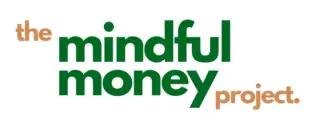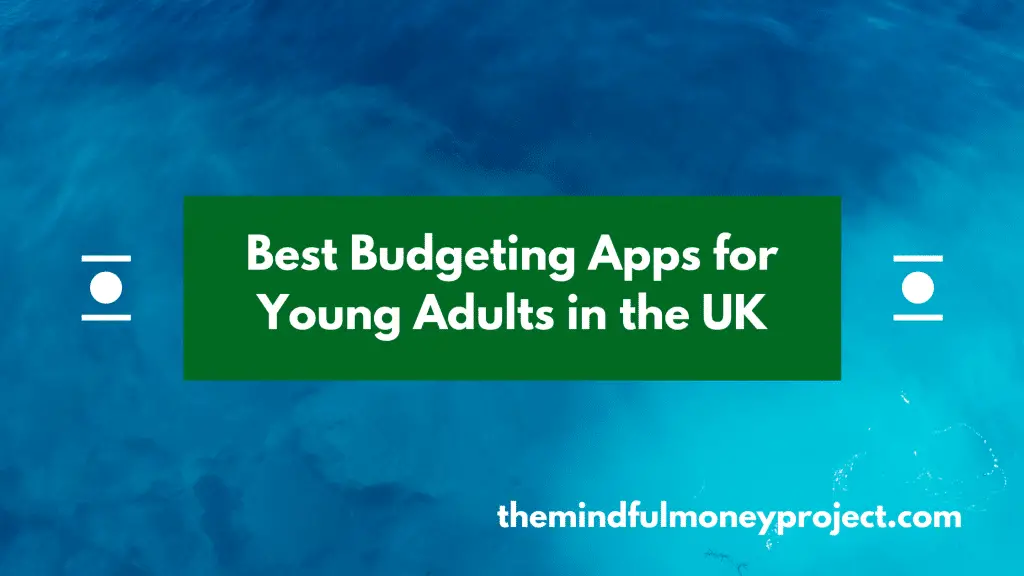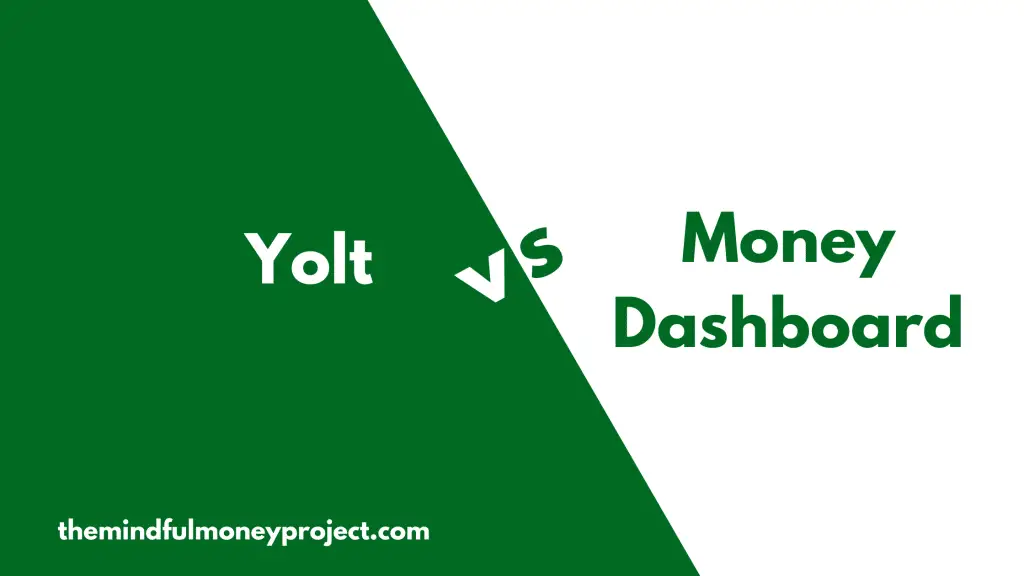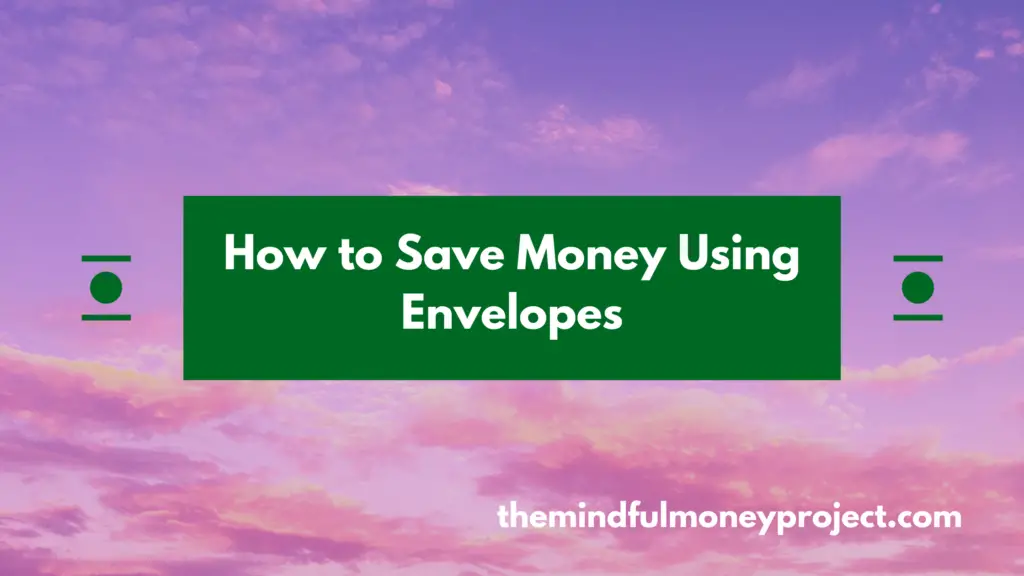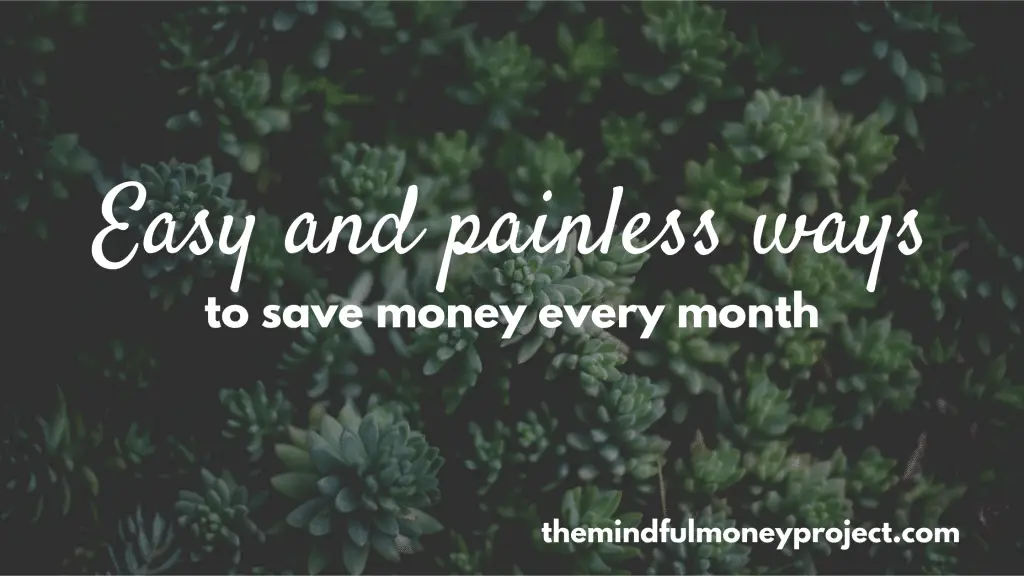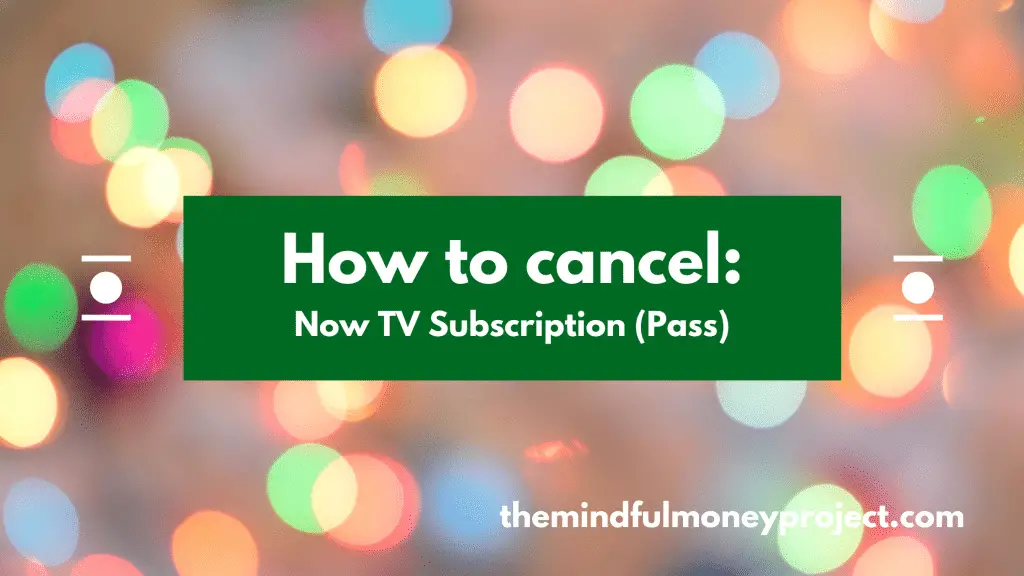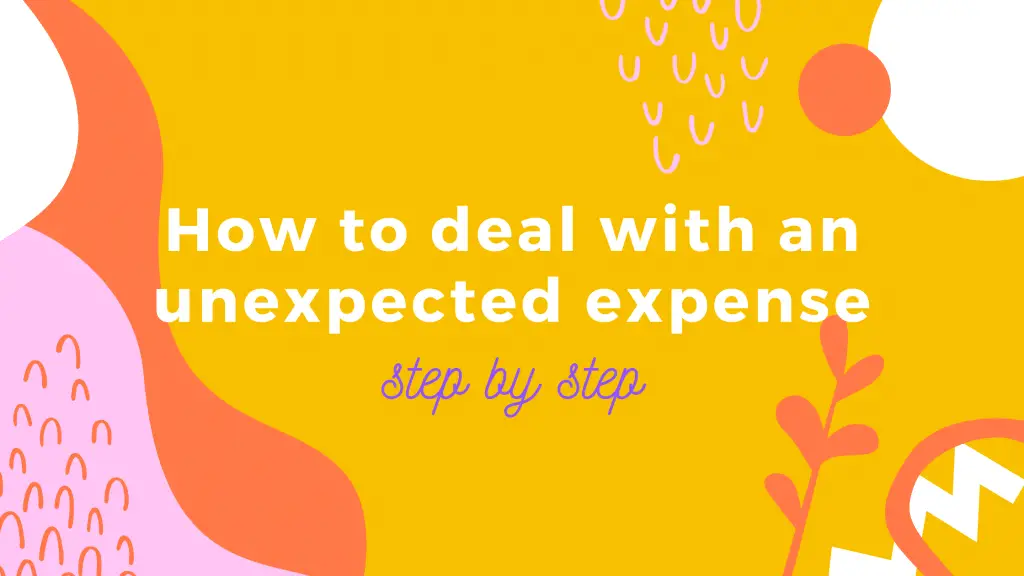As a young adult with a wealth of opportunity ahead of you, I salute you for looking into your personal finances. Being able to set a budget, and then keep to that budget, is a critical part of building a strong financial bedrock. But it can be tedious, which is where apps can come in handy. If you’re a young adult looking to automate budgeting and spend tracking, look no further. I’ll take you through 3 of the best budgeting apps for young adults in the UK.
The core features of a budgeting app
Getting hold of a budgeting app will make it easier to set your budget for specific categories. Critically, it will also help you track your spend against your budget.
This is the key bit for a budgeting app because it is so time-intensive to do this bit manually.
Having the feedback loop is arguably the most important part of the process.
All of the apps listed below have the core features that will do the heavy lifting for you:
- Connecting to bank accounts via Open Banking (not sure what Open Banking is? Read this guide from Money Saving Expert).
- Automatically categorising transactions with the ability to override
- Setting budgets (and therefore tracking spend against your budgets)
Best budgeting apps for young adults in the UK
Yolt – best for simplicity
Update: Yolt has announced they are closing down their service from 4th December 2021.
If you’re a young adult, chances are your finances are fairly simple. If you’re just starting out, there is no point going for the most feature-packed offering if it means you’re intimidated and don’t use it.
Yolt is very well designed for simplicity. On the whole, it has an accessible and intuitive design. It also provides helpful “guides” to walk you through key steps such as how to set a budget in the app. When doing so, Yolt will analyse your historic spending per category and provide you with your average monthly spend. This is very useful information for when you set your budget per category.
The app is also free across both iOS and Android. They do offer a pre-paid card which you can use to help your budgeting but is by no means necessary.
Pros
- Simple setup
- Easy to understand and use the features
- Walk-through guides for key features such as budgeting
- Clear data visualisations to track your spending and see which category makes up the bulk of your spending
- Subscription tracker allows you to keep on top of those pesky monthly bills that can sink your cash
- Free
Cons
- Not very flexible – no ability to add custom categories
- The budgeting feature is hidden away (but they do a good job of surfacing this through the “guides” feature)
Read my full Yolt review here.
Emma – best for style and ease
Just like Yolt, Emma is easy to use and to set up. It s available on iOS and Android.
Emma does a great job of having the key features easily accessible, but really shines with its personality and coaching.
As a young adult, you might find this personality resonates with you more than the slick design of Yolt.
“Emma” is billed as your “best financial friend”, and will provide you weekly insights into your spending, identifying fun facts such as how many times you’ve been to Gregg’s or how much you’ve spent at Tesco over the last week, and how your spending with these vendors compare to other users.
Further, Emma will ping you a notification if your spending is on track to beat your budget.
However, some of the advanced features are sat behind a paywall as part of their “Emma Pro” subscription. Such as creating custom categories, exporting data and adding offline accounts.
If your finances are simple, then this shouldn’t be a problem.
Pros
- Insights from “Emma”
- Very well designed, extremely easy to use
- Subscription tracker
- Automatic categorisation algorithm learns from your inputs
Cons
- Some advanced features behind a paywall
- The personality might not be for everyone
Read my full Emma review here.
Money Dashboard – best for flexibility
Money Dashboard is one of the older player’s in this space, winning best personal finance app in the 2018 British Bank awards.
As with the others, it is available on iOS and Android, but it goes one further and you have access to a web-app via your browser.
Generally speaking, this is where Money Dashboard shines. It’s flexibility.
If you have more complex finances that you want to track then Money Dashboard enters the fray.
This is because it has a great set of features available for free;
- Custom categories
- Adding offline accounts
- Automatic categorisations and ability to update categorisation rules
- “Spending Plan” feature
This spending plan feature is great. Especially for people who are new to managing their finances.
If you don’t currently budget your income so every pound has a home, Money Dashboard’s spending plan feature can help you.
Basically you tag up your expected recurring bills such as rent, utilities, phone bill, Netflix/Amazon etc recurring subscriptions, and then specify your budget for other items such as spending on “going out” or “groceries”. At any point, it will take your current balance and subtract your pre-committed recurring expenses and also your planned budgets, to arrive at how much money you have “left”.
If you’re getting started managing your money, this is a very useful insight.
However, worth noting that Money Dashboard is different to the others in how it makes money. They share some of their user’s data such as spending behaviour (which has been aggregated and anonymised) with third parties. This is not personally identifiable and like I said has been aggregated and anonymised, but the other two earn their revenue from either their premium subscription (Emma) or by earning commissions from any financial products taken by their users via their apps (all earn revenue this way).
Pros
- Spending plan feature
- Advanced features available as standard
- Web-app version gives additional flexibility
- Free
Cons
- Not as intuitive or easy to use as Yolt/Emma
- Money Dashboard aggregate and anonymise their user’s data to sell market research and insight to 3rd parties
Read my full Money Dashboard review here.
Conclusion: What is the best budgeting app for young adults in the UK?
Yolt.
Simple, easy, free. Three big reasons why Yolt is such a great way to get started as a young adult managing your money and tracking your spending against your budgets.
However, it is worth noting that all of these apps are free (or have a free version), and as such, I strongly recommend downloading all three and seeing which one you get on with best.
Emma provides some really useful insights, analysis and coaching. Whereas Money Dashboard provides flexibility with its advanced features. Depending on your personality and finances, some of these will be more important to you than others. So get stuck in, give them a whirl and stick with the one that you find best.
Which app have you got on with best? I’d love to hear your view on the best budgeting apps for young adults in the UK – drop me a comment in the section below!
Yolt vs Money Dashboard – Who Wins?
We have an app for everything nowadays. Using an app can remove the heavy lifting…
How To Cancel Experian Membership (UK)
Looking to cancel your Experian Credit Expert membership in the UK? We’ve done the research…
Can you lose money in a savings account? And how to stop the invisible erosion!
This will be counter-intuitive to a lot of people reading this, but is it really…
How to Save Money Using Envelopes
As we come up to the new year, lots of us will be setting new…
Easy and painless ways to save money every month
Maybe you’re preparing for a particularly financially tight month. Or you’re looking for ways to…
Money Dashboard Review UK 2021 – Will This Sort Out Your Finances?
If you’re not interested in tracking your spending using a spreadsheet, then using a budgeting…
How to cancel your Now TV pass
Even though Now TV offer you the cheapest way to get Sky Sports without a…
Best Budgeting Apps for Families
Staying on top of your own finances is a difficult enough task, yet add a…
How to deal with an unexpected expense
This always seems to be the way of the world – you’ve managed to get…
